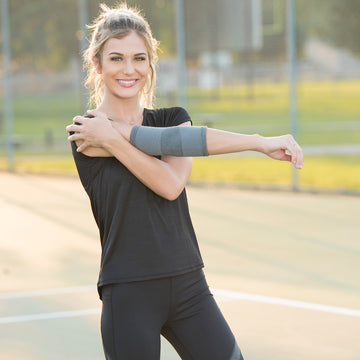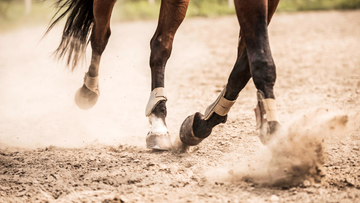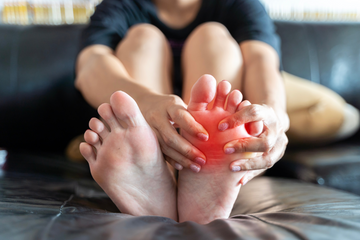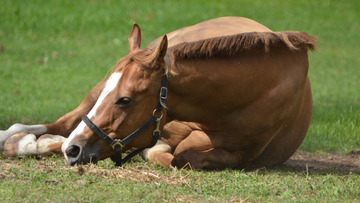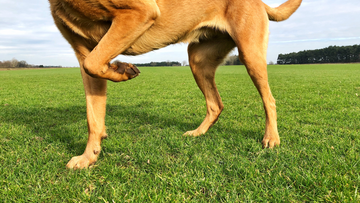Are you a new horse owner, or are you just looking at having a more active understanding of your four-legged friends? Knowing the basics surrounding your horse’s leg anatomy is an excellent place to start.
Understanding what each part of their leg is called and how it works in a healthy horse helps you be a better owner. Also, when the vet says, “It looks like you have some swelling on your horse’s hock,” you won’t look at them in confusion.
Let’s start learning about the basics of your horse’s legs. Similarly to humans, the front and rear legs are composed slightly differently. Many diagrams show the similarities between human and horse anatomy.
The skeletal system is the structure that holds weight and acts as the building blocks for the muscles and tendons to attach and aid in movement.
In addition to muscle, you have fat layers and blood vessels, and a nervous system all intertwined and working in harmony. If you have an injury to any of these moving parts, the body works overtime to heal itself.
Front Legs
In horses, the front leg anatomy starts high at the shoulder joint. The shoulder joint in a horse has a limited range of motion, not being able to kick out to the side of their body, but well-developed and trained horses can gain incredible reach and lift in their stride. The range of motion for this area increases with proper training and stretching.
 As you progress down the front legs to the next joint, you’ll pass the elbow joint (humeral radial joint) just behind the shoulder bones. The elbow points back towards the belly, right in front of where you will fasten your girth. The horse’s knee comprises several joints, including the radiocarpal joint, mid-carpal joint, and carpometacarpal joint.
As you progress down the front legs to the next joint, you’ll pass the elbow joint (humeral radial joint) just behind the shoulder bones. The elbow points back towards the belly, right in front of where you will fasten your girth. The horse’s knee comprises several joints, including the radiocarpal joint, mid-carpal joint, and carpometacarpal joint.
As you continue down the cannon bone (think shin), you’ll encounter the horse’s “ankle.” This joint is called the fetlock joint, right above the pastern joint.
Hind Legs
On a horse’s hind legs, their large hip bones have a wide range of motion. This allows them to kick dangers at their sides and behind them. The muscles surrounding the hips of the horse include the croup. This area is a determining factor of whether or not a horse is in good physical shape. If the muscle indents, it is underdeveloped.
The buttocks should have an upward rounding curve and toned muscle visible from a distance. Hill work and riding over ground poles can help develop your horse’s rear end. The joint just below the hip is the stifle.
This joint is critical for horses lifting their hind legs over objects, collecting, or rocking back on their haunches. The “elbow” joint on the hind legs is called a hock. This joint creates lift and flexion of the back leg. The hind legs also have a pastern joint and a fetlock joint.
Wrapping Up
As you learn more about your horse’s legs, examine what normal healthy movement in each area looks like for your horse. Once you understand how the joints and muscles should move, you can better care for your horse by noticing injuries faster!
Using products like Benefab Therapeutic polo wraps while riding can help prevent injury by supporting and relaxing the muscles, tendons, and ligaments in your horse’s leg.

